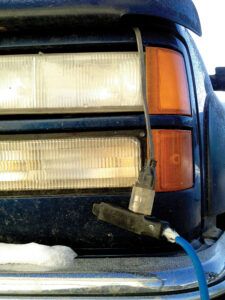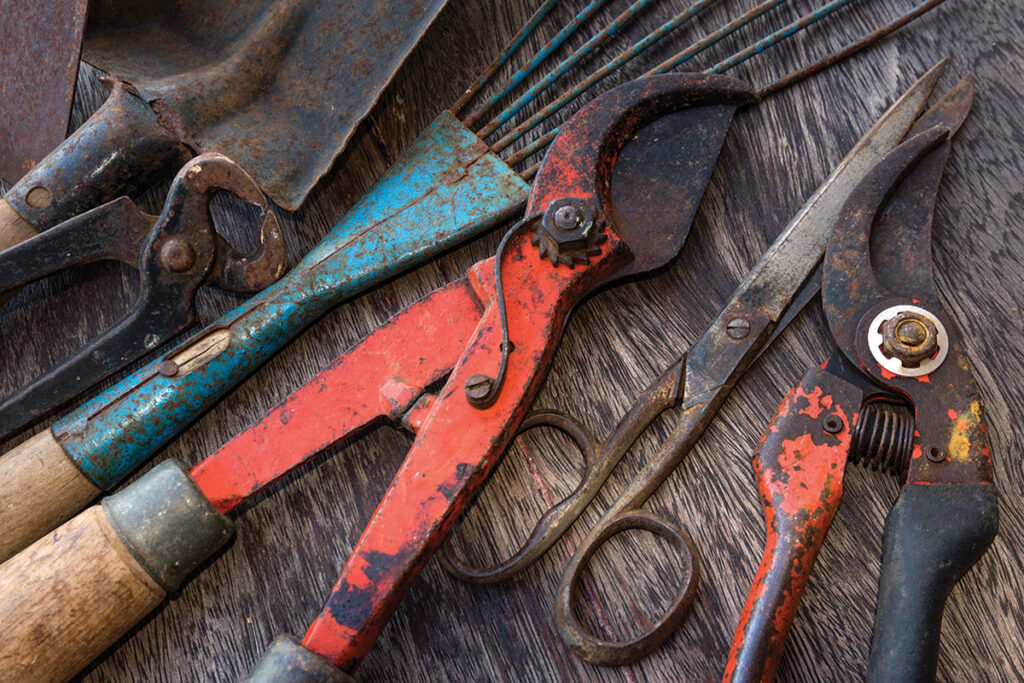
A block heater can use a lot of electricity-using a timer can help manage your bill and keep your vehicle working.
Photo Credit: Gerry
Many co-ops have installed smart meters at their members’ homes, which can show detailed hourly energy use. This information can sometimes help pinpoint a large energy user. For example, you may be using more electricity on weekends, which would be an important clue to discovering what is driving up your energy costs.
Armed with whatever clues you can glean from your co-op, you are better able to search for an energy hog in your home. Are there uses of energy outside your typical living space that are “out of sight, out of mind?”
Below are some possible unconventional energy uses that could be adding to your energy bill:
• Swimming pools and spas – A swimming pool and spa are nice amenities to have in your home, but they can significantly contribute to your energy bill.
• Pump systems – Water pumps for irrigation, wells, and even garden fountains or pond aerators, often run without the flip of a switch making them easy to forget about.
• Non-living spaces – You may have some energy hogs in your garage, outbuilding or basement, such as a refrigerator or freezer, space heaters or portable air conditioners in uninsulated spaces or a block heater to help warm your vehicle.
• Home business – If you run a business out of your home, there could be a large energy user contributing to your electric bill. For example, regularly using welding equipment, ceramic kilns or power carpentry tools can contribute significantly to your electric bill.








